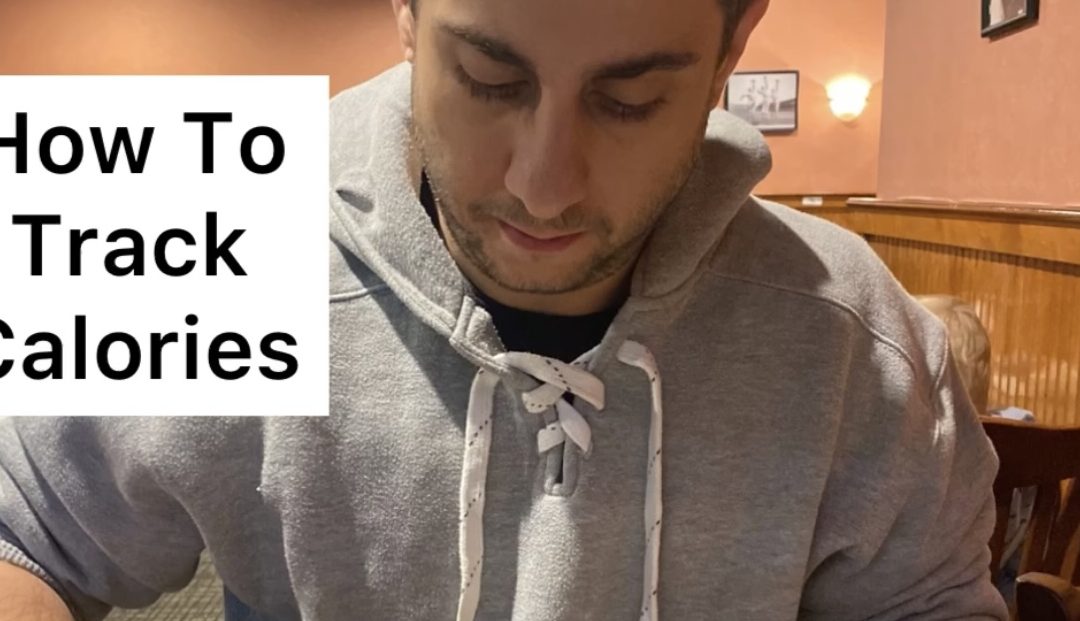To lose body fat, you need to eat fewer calories than your body uses.
It’s simple, but not easy.
Counting calories is one of the most effective tools to lose body fat.
It can also seem very daunting, and like a chore.
In this article, I’ll break it down for you, and make it seem a lot less daunting.
What Are Calories?
Simply put, calories are a measurement of energy. Just like an inch is a measurement of distance, a pound is a measurement of weight, and a buttload is a measurement of quantity. Your body uses the calories you eat and drink to support functions like breathing, thinking, walking, and twerking (do people still do that?)
Calories that you eat or drink that are above what your body needs for these essential functions gets stored in your body as fat.
Likewise, having calories below what your body needs will cause you to burn any stored fat.
Think of it like watering a plant. The more water (energy) you give it, the more it will grow (fat stored). The less water (energy) you give it, the more it will wither away (fat lost).
How Many Calories To Eat?
To determine how many calories you should eat, start with this online calculator
Remember, that less is not always better. It may seem tempting to choose the lowest possible number for fat loss, but it is very unsustainable to actually do.
Your energy levels will be low, you will always be hungry and miserable, and you will probably have the mood of Jack Torrance at the end of The Shining.
It will also lead you to go off track a lot more frequently. Just don’t do it.
Where To Start?
Given that we are constantly on our phones, one of the easiest ways to track calories is through a calorie tracking app, here’s a few of the most popular ones:
- MyFitnessPal
- LoseIt!
- FatSecret
Note: If you are the kind of person who does not like using apps, phones, or technology in general, no worries. The ol’ pen and paper trick will work great here. You can use Google to search for calorie values, and log in a notebook, chisel it in stone, or paint it on the side of your house.
How To Input Portions
For beginners to calorie tracking, I recommend weighing all, or at least most of your food on a food scale for the first 2-4 weeks.
Let me be clear here in saying that for the vast majority of people, weighing everything that goes into your body is unnecessary (special cases include physique competitors, someone trying to make weight for a competition, etc.).
With that being said, weighing your food can be a great tool to help you learn to eyeball portion sizes later on.
So, I don’t really want you to be weighing food as a long term strategy. Over time, it will become tedious, and most people will want to stop doing it, and build a negative relationship with calorie tracking because of how much time it takes to weigh out all their food, input into their app, take a selfie with it, and then take it to the Senior Prom.
For now, just think of it as a learning tool to help you better understand what a portion size looks like.
Apart from weighing everything, measuring cups can be a great tool as well. It’s slightly less accurate than tracking, but calorie tracking is inherently inaccurate anyways.
Nothing is ever going to be perfectly spot on, and that is okay!
In fact, food labels are allowed a margin of error of up to 20%. So don’t ever stress about being perfect, it’s a losing battle.
Close only counts in horseshoes, hand grenades, and calorie tracking.
But the closer you can get, the better.
What Kind Of Foods To Eat
In the first section, we talked about calories being a measurement of energy. This means that 200 calories is always equal to 200 calories (just like 1 mile is always 1 mile).
So 200 calories of broccoli, and 200 calories of Hershey’s Kisses, is still 200 calories. However, 200 calories of broccoli is probably going to make your body feel a lot better than 200 calories of Hershey’s Kisses. Kind of like walking 1 mile on wet sand is going to feel better than walking 1 mile on hot gravel.
The healthier, more nutritious options will feel a lot better and keep you fuller longer, but the more delicious options will keep you going by not restricting yourself from them, so be sure to include a mix of both.
Prioritize the more nutritious foods, and fit the goodies in later. Remember when your parents told you to eat your vegetables first? It still applies.
At the end of the day, as long as you are able to keep your total calories in check, you will lose body fat. For a more comprehensive guide, see my article How To Lose Body Fat Forever
How To Track Homemade Meals
Alright, so let’s say you’re cooking up your famous, award winning chili. You’re going to make 4 servings of it, and you’re going to eat one today.
Step 1 is going to be to measure out everything that’s going into the pot. All the beans, meat, cheese, broken glass (just kidding, don’t eat broken glass).
Step 2 will be to divide all that by four, and there’s your calories for that meal.
This applies to things besides chili of course.
When You Go Out To Eat
But hold on, Nick! I just got my white New Balance sneakers all polished up, and my wife and I are going out to Outback Steakhouse tonight to split a Bloomin’ Onion!
No problem, search for the entrée, appetizers, drinks, etc., you’re having today, most chain restaurants have their calories in MyFitnessPal.
Going out to the local town diner? No problem there either!
Search for a dish that’s relatively close to what you had. It may be a few calories off in either direction, but at least you’re close.
A lot of people get deterred from calorie tracking when they go out to eat. You don’t have to let it come to a grinding halt the minute you want to go to lunch with your co-workers at the office.
You can stay on track and go out to eat (and sometimes you can just let loose a little too).
It Pays To Plan Ahead
Structuring your day ahead of time can be a helpful tool in keeping you on track and within your calorie guidelines.
If you already know it’s Tuesday, and you never miss a Taco Tuesday, log those tacos in your calorie tracker in the morning, and structure your day around it.
This way, you have a picture of what your day will look like in the morning, so you can plan what your breakfast will be, log it.
Plan what your lunch will be, log it before you eat it, and then any snacks you may want to have can be added as you go.
Too Long Didn’t Read Version
Download MyFitnessPal, weigh your food, and put it in the app.
Use this online calculator to find out how many calories your body needs.
Eat a little under for fat loss, a little over for muscle gain.
Plan your meals ahead, and know that everything is trackable, even if it’s not an exact science (calorie tracking never is).
The longer you calorie track, the easier it will get. So keep at it!
Talk soon,
Nick

